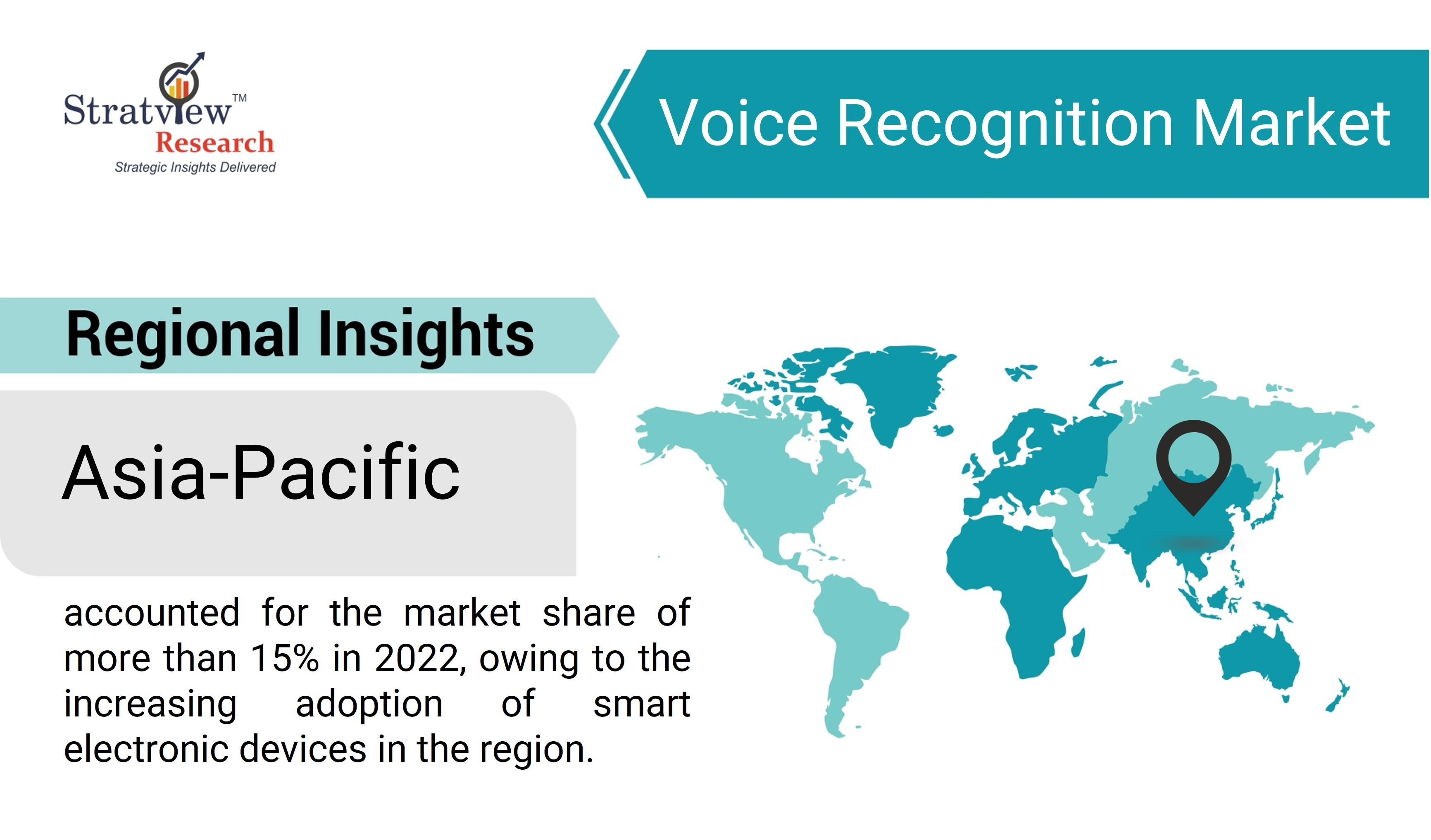Voice recognition technology has made remarkable strides, enhancing user experiences and automating various tasks. However, despite its advancements, the technology faces several challenges that impact its effectiveness and widespread adoption. Addressing these challenges requires innovative solutions to ensure continued progress and improved user satisfaction.
According to Stratview Research, the voice recognition market was estimated at USD 4.18 billion in 2022 and is likely to grow at a CAGR of 15.12% during 2023-2028 to reach USD 9.79 billion in 2028.
1. Accuracy and Understanding Diverse Accents
One of the primary challenges in voice recognition technology is achieving high accuracy across diverse accents, dialects, and languages. Traditional voice recognition systems often struggle to accurately interpret speech from individuals with non-standard accents or in noisy environments. This can lead to misunderstandings and frustration among users.
Solution: Advances in machine learning and natural language processing (NLP) are addressing this issue. Modern systems leverage large and diverse datasets to train algorithms, improving their ability to recognize and understand various accents and dialects. Continuous training and updates are essential to enhance accuracy and adapt to new linguistic patterns.
2. Background Noise and Environmental Interference
Voice recognition systems can be significantly affected by background noise and environmental factors, such as crowded public spaces or noisy workplaces. These interferences can degrade the quality of voice input and lead to errors in transcription or command execution.
Solution: To mitigate this challenge, developers are incorporating advanced noise-cancellation and signal-processing technologies into voice recognition systems. By using techniques such as adaptive filtering and directional microphones, systems can better isolate the user's voice from background noise, improving accuracy in diverse environments.
3. Privacy and Security Concerns
As voice recognition technology becomes more integrated into personal and professional contexts, concerns about privacy and data security arise. Voice data can be sensitive, and unauthorized access or misuse can pose significant risks.
Solution: Implementing robust security measures is crucial to addressing privacy concerns. This includes using encryption to protect voice data during transmission and storage, as well as employing secure authentication methods to prevent unauthorized access. Additionally, organizations should be transparent about data usage and offer users control over their voice data.
4. Limited Contextual Understanding
Voice recognition systems often struggle with contextual understanding, leading to difficulties in interpreting ambiguous commands or complex queries. This limitation can result in less effective interactions and reduced user satisfaction.
Solution: Integrating advanced contextual analysis and AI-driven intent recognition can enhance a system’s ability to understand and respond to complex commands. By incorporating contextual information and user history, voice recognition systems can provide more accurate and relevant responses, improving overall interaction quality.
5. Integration with Existing Systems
Integrating voice recognition technology with existing systems and platforms can be challenging, especially in legacy environments. Compatibility issues can hinder the seamless deployment of voice-activated solutions.
Solution: Developing standardized APIs and middleware can facilitate smoother integration between voice recognition systems and existing technologies. Collaborative efforts between tech companies and industry stakeholders can help create interoperable solutions, ensuring that voice recognition technology can be effectively incorporated into diverse systems and applications.
In conclusion, while voice recognition technology faces challenges related to accuracy, background noise, privacy, contextual understanding, and system integration, ongoing advancements and innovative solutions are addressing these issues. By leveraging machine learning, noise-cancellation techniques, robust security measures, contextual analysis, and standardized integration approaches, the technology can continue to evolve and deliver enhanced user experiences.


